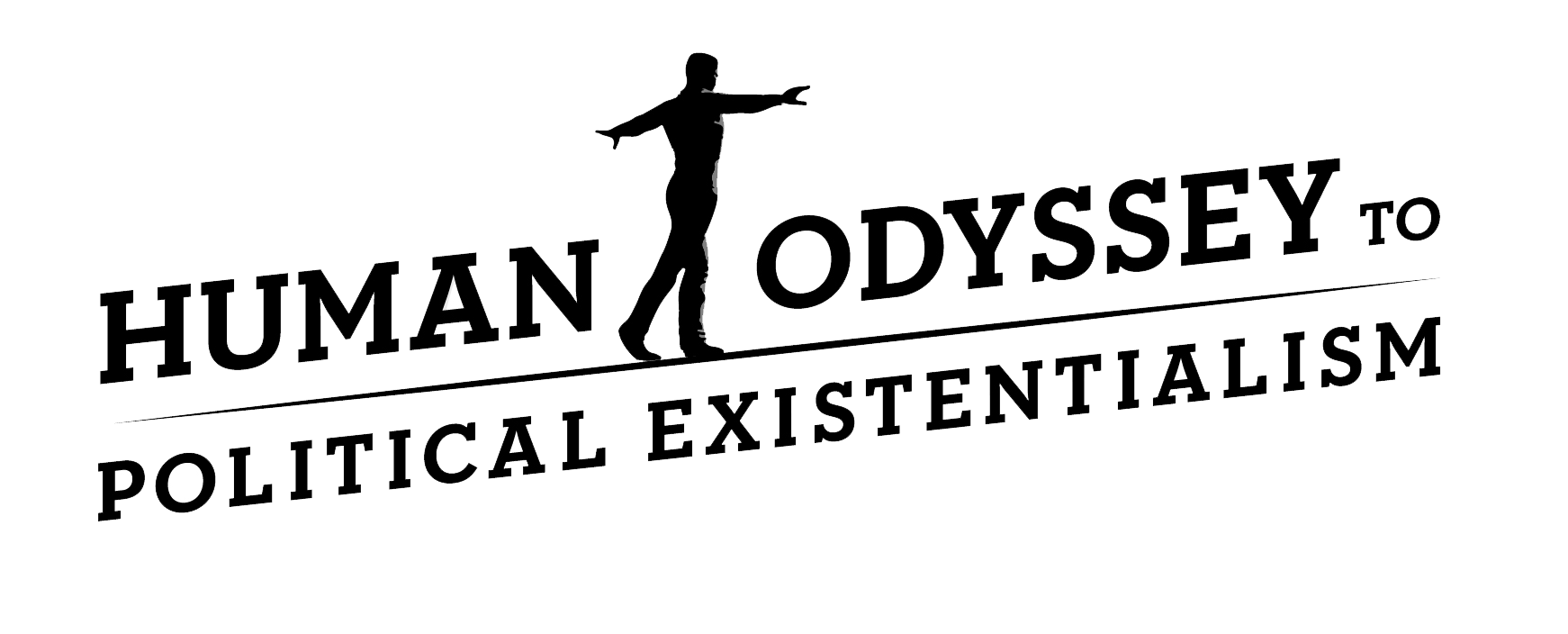
Course Structure and Organization
The course spans twelve themes, revealing uniquely human features, and their sociopolitical implications: human/nature, identity & authenticity, freedom, reflection, happiness, death & dread, meaning, morality, truth & trust, God & religion, alienation & love, and finally – hope.
The twelve themes are distributed along nine lessons, in addition to the Prologue. We discuss each theme through dual dimensions: the personal/universal and the sociopolitical
Course Material
Each lesson is organized around one or two themes. Each lesson contains:
- A lesson overview which will provide an overview of the theme/s, learning goals, key figures
and concepts, etc. - One or more learning sequences, where you will:
- Start with warm-up exercises ("Hop on Hope")
- Watch video lectures
- Reflect on and discuss followup questions on the video talks and musical outros
- A graded quiz
- A gallery assignment. Freedom is at the heart of our humanity, and having a choice is at the heart of freedom. Concluding each lesson, you can choose – anew – which path, what task, you would like to work on. You may opt for either My HOPE (for a more personal engagement) or HOPE Now! (for a sociopolitical take). Feel free – literally – to change your choice from one lesson to the next. The task itself is quite simple and aims chiefly to encourage creative reflection: thinking about your personal or collective life. Here is a bit about both paths:
- My HOPE is a personal journey/journal through the themes of the course. Try to connect what you just learned to a personal experience you’ve had. For example, if we just discussed Happiness – what is happiness, what brings it on, how important is it – try to think of a happy moment in your life. Do you have a photograph from that time? Upload it to the gallery, and briefly write, in just 1-2 paragraphs, what made it such a happy occasion, whether you’d like to relive it, how it shaped your “happiness expectations” and so on.
- HOPE Now! is giving an existentialist touch to contemporary news of the world (hence “now”), sociopolitical stories that highlight distinctively human features. For example, if we just discussed Truth and Trust – theories of truth, how we experience it, what promotes, or undermines, it – try to find
a news or opinion piece from a local or (inter)national outlet that may reveal something interesting about truth and trust in our society and politics. Upload it to our Gallery, providing a link to the piece and writing 1-2 reflective paragraphs about it. * Incidentally, Hope Now is also the title of Sartre’s last book, and resonates with Hillel the Elder’s dictum: “If I am not for myself, then who will be for me? But when I am for myself, then what am I? And if not now, when?” - From one lesson to the next, My HOPE and HOPE Now! will enrich your experience of HOPE. Good luck – and bon voyage!
- HOPEnds which provides links to further readings and videos, as well as a Wrap-up (checklist) where you will mark your completion of the lesson.
Course Bibliography
The course draws on myriad academic books and articles. If you wish to engage further with the source material, please explore the complete bibliography, which offers both thematic and general readings
Course Completion
We do not offer verified certificates in this course, but we will send out a Statement of Accomplishment to those who complete the course.
Due to the coronavirus (COVID-19) pandemic, please expect delays in responding to your emails and requests.
In order to complete and pass the course, you have to:
- Complete the learning sequences, consisting of warm-ups, video lectures, polls, reflection exercises and discussions (30%)
- Submit at least seven (7) of the nine (9) gallery assignments, and report it in the Wrap-ups (30%)
- Complete the quizzes (40%)
- In order to pass the course, your overall score has to be 70% or more.
Time Commitment
You should set aside about 3-5 hours per week for this course.